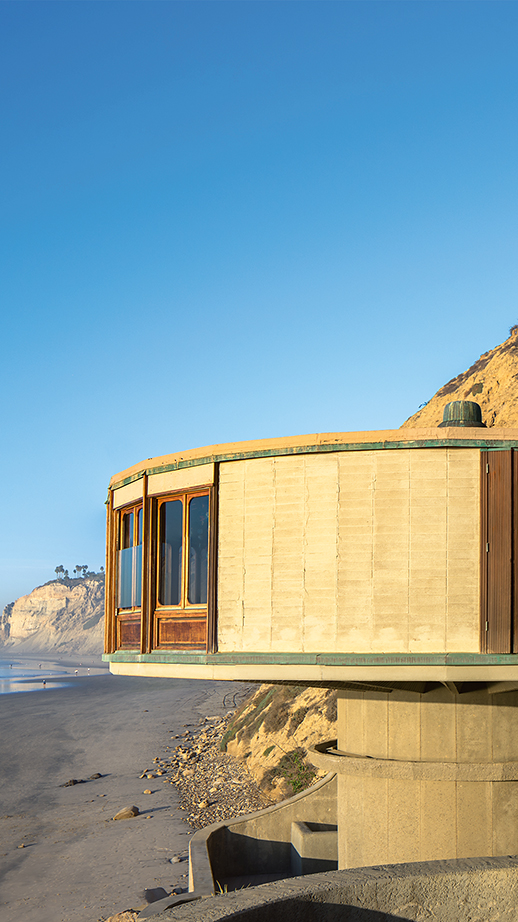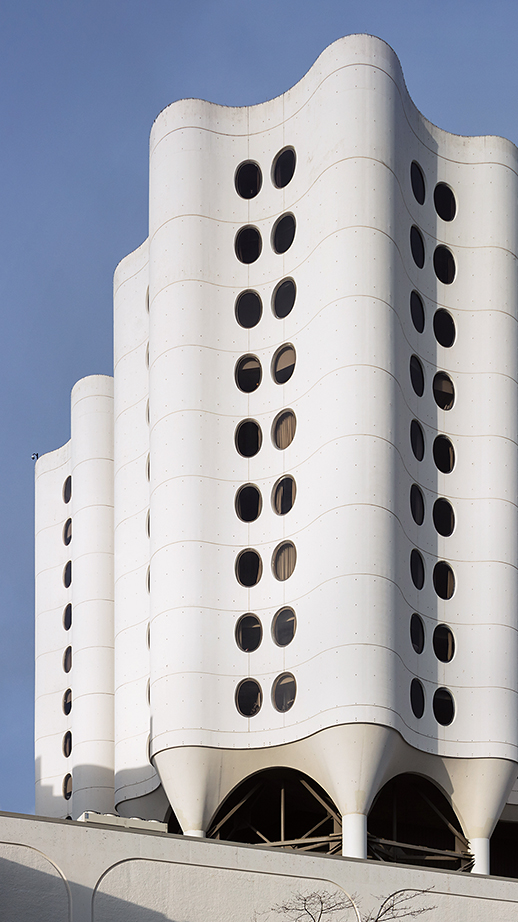Mid-century Modern – West Coast
The West Coast, the idyllic edge of the world became the perfect testing ground to replace hefty, ornament-filled buildings with new, fresh, utterly optimistic and stripped-down expressions of glass, steel, wood and concrete. The Mid-Century Modern architects opened these novel edifices to stunning landscapes through sliding glass doors, clerestory windows, internal and external courtyards and seamless porches and balconies, merging indoor and outdoor lifestyles into a revolutionary whole.
Few destinations on the planet are as fabled, hyped and dreamed about as the West Coast of the United States. With its gorgeous, sun-kissed beaches, dazzling landscapes, endlessly chronicled culture and storied cities, it’s long been one of the most fertile travel destinations in the world. But the West Coast has an unparalleled resource that rarely surfaces in most itineraries; nor is it even on the mental map of most of those who live here. A spectacular secret hidden in plain sight.
From Seattle in the north to San Diego down south right near the Mexican border, the West Coast came into its own during the middle of the twentieth century, fostering endless opportunities for an explosion of talented designers, who in turn blessed it with an extraordinary legacy of Mid-Century Modern architecture.

This idyllic edge of the world became the perfect testing ground to replace hefty, ornament-filled buildings with new, fresh, utterly optimistic and stripped-down expressions of glass, steel, wood and concrete. The Mid-Century Modern architects opened these novel edifices to stunning landscapes through sliding glass doors, clerestory windows, internal and external courtyards and seamless porches and balconies, merging indoor and outdoor lifestyles into a revolutionary whole. They experimented with new materials like steel-reinforced concrete, wood composite and larger and larger expanses of clearer and clearer glass. They explored structural systems like long-span cantilevers, bundled steel tubes, prefabricated components and steel truss systems and space frames, embodying the future-obsessed ideal that nature’s hardships, social ills and even human suffering could be overcome through gleaming technologies. They invented or reinvented spatial techniques like open plans, pinwheel sites, decentralized structures and circulation sequences, revolutionizing human dynamics and jettisoning stodgy traditions.
Architecture seen through the eyes of architects can sometimes be a rather dry exercise in structure, geometry and technical achievement. Architecture seen through the eyes of explorers, however, is about architectural drama, to be sure, but it’s just as much about the visceral experience of the building, its site, its history and the raw emotions that it can elicit. It all stays with you.
Even after you’ve left the West Coast, Mid-Century Modernism will pop up everywhere, in your periphery vision and in your mind’s eye. You’ll begin to notice and appreciate the lasting imprints of a visionary movement that was so widespread it touched every corner of the earth. You’ll grasp how architecture – Mid-Century Modern or otherwise – has a singular ability to lift us to primal and spiritual heights we never thought possible. In the middle of the twentieth century, in this special part of the United States, in a few gleaming instances, the experience of architecture was honed to a near perfection that it rarely had before and rarely has had since.
